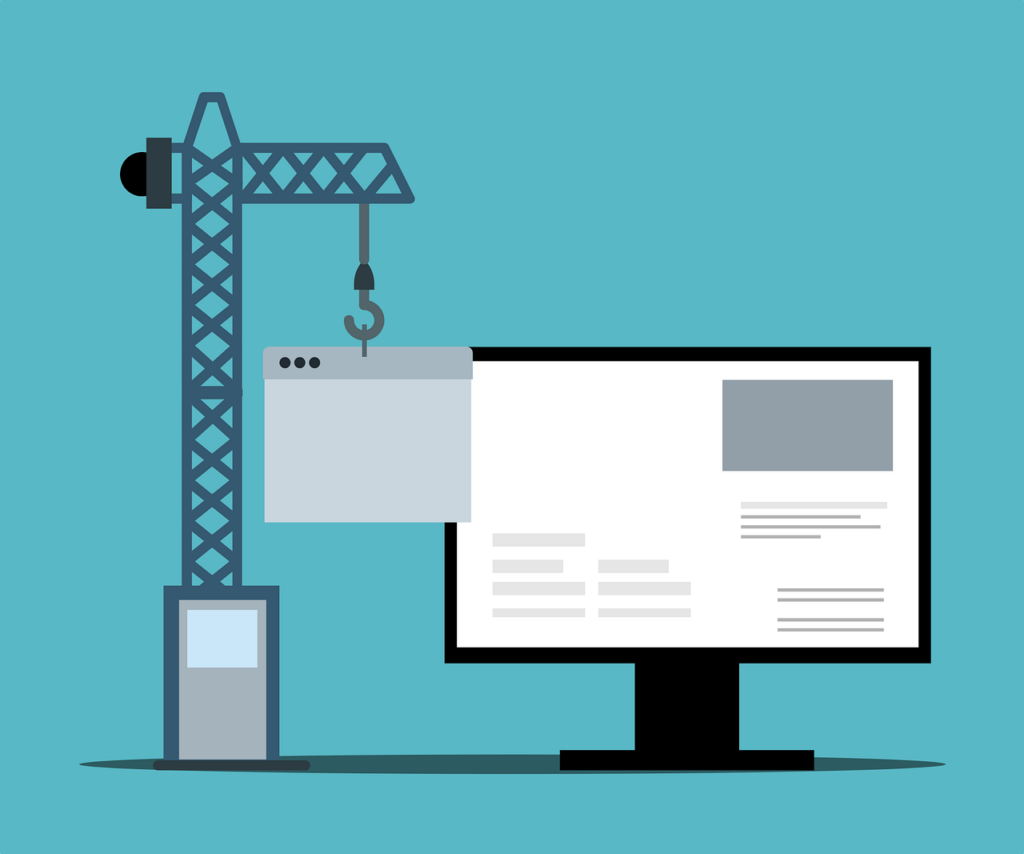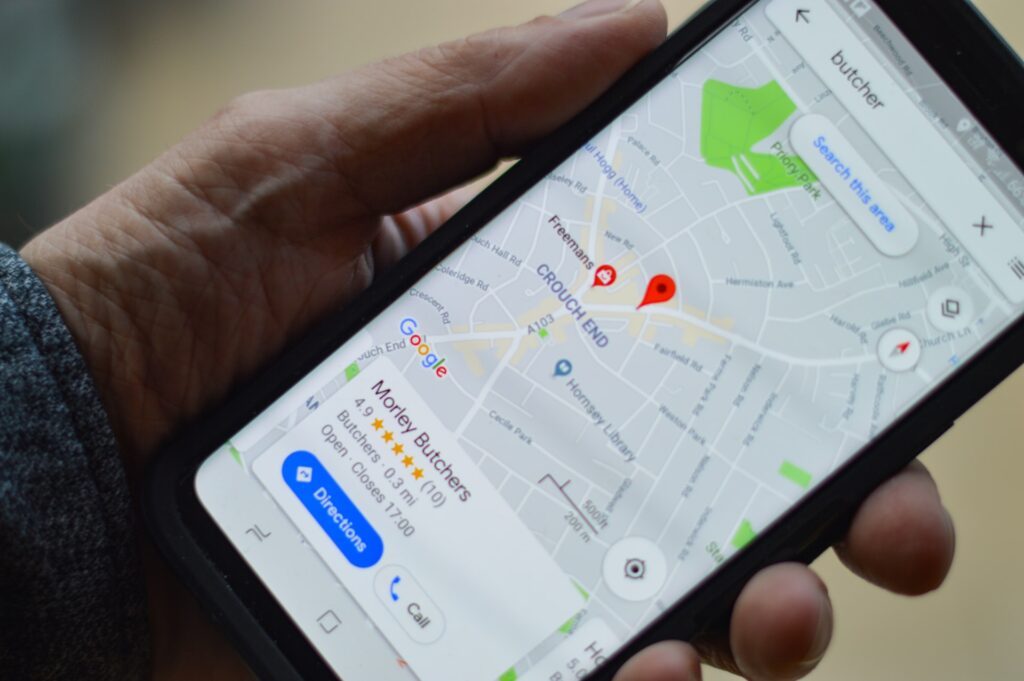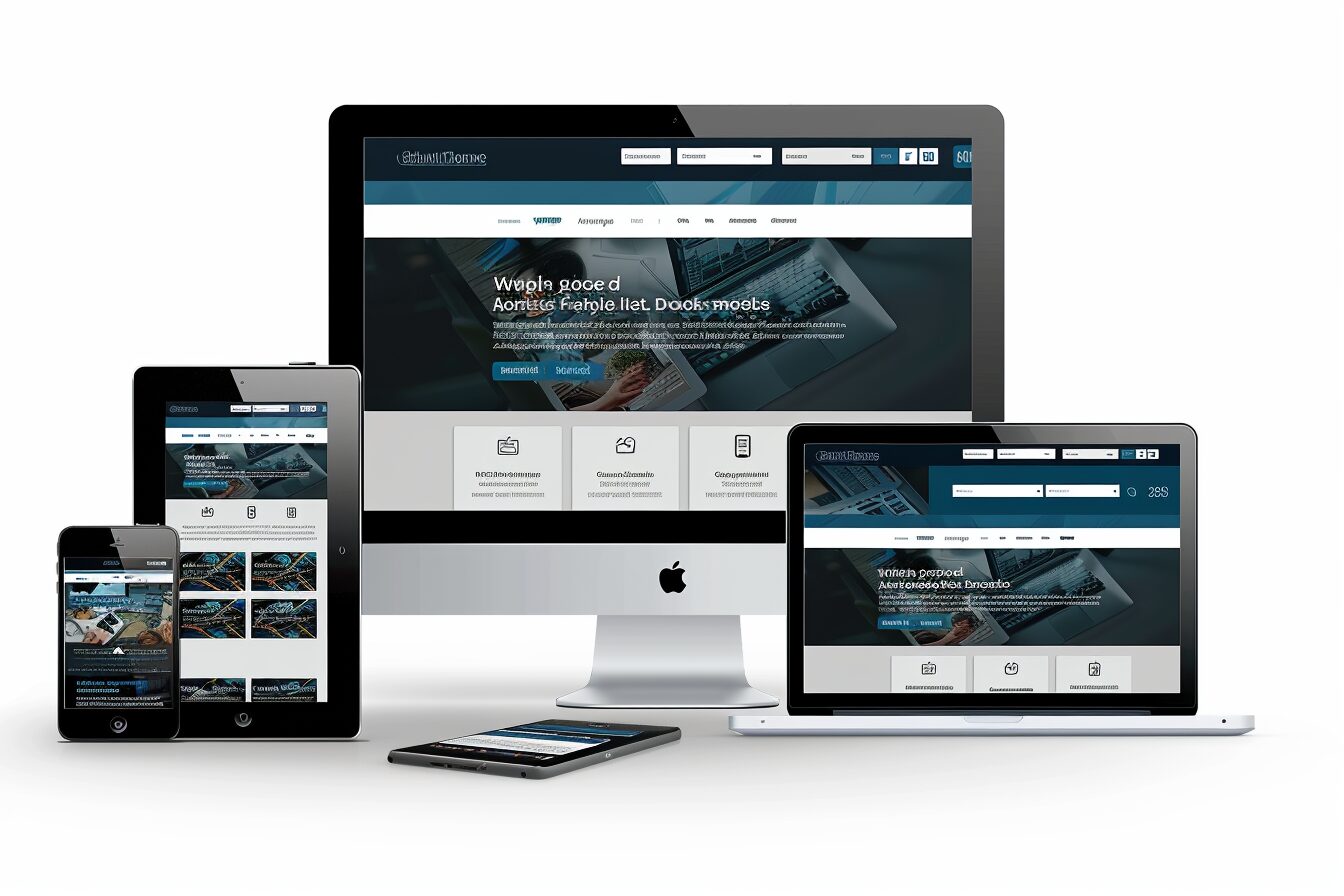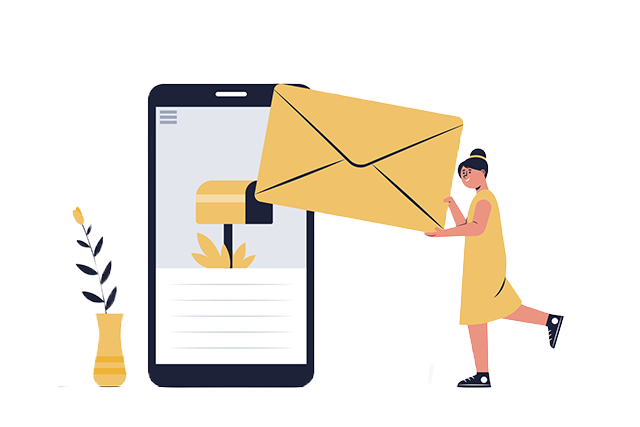The rise and popularisation of online technology have made it even easier for businesses of all sizes to have a strong chance of being noticed by their target audiences. However, being seen online isn’t as simple as posting your content and products and waiting for a reaction. To guarantee success in your online marketing, you should make sure that your website looks and works well for your users and invest in your marketing strategies and track your progress with analytics.
One of the most important aspects of online marketing is your organic CTR or click-through rate. Organic CTR measures how often people who see your content (e.g. through a search engine) click on it and visit your site. A high organic CTR is essential to ensure that your marketing efforts are paying off, as it indicates that people are interested in what you have to say or sell.
There are several factors that can affect your organic CTR, such as the quality of your content, the relevance of your keywords, and the design of your website. In this guide, we’ll take a look at some tips and tricks that you can use to improve your organic
If you’re looking to drive more visitors to your website, improving your organic click-through rate (CTR) is one of the best ways. It has been observed that an increase in CTR can lead to an increase in revenue. However, it’s not always easy to improve your CTR; many factors contribute to this metric that you can’t control.
This guide will talk about organic CTR and why it matters so much for search engine optimisation (SEO). We’ll also show you several strategies for increasing your organic CTR by creating engaging content and optimising featured snippets and top ten results.
The Benefits of a High CTR

When you have a high CTR, this is a sign that your site is being found and clicked on more often. This can lead to increased visibility in search engine results, which can help you:
- Rank higher in search results
- Get more traffic to your site
- Sell more products or services
There are other benefits of having a high CTR, as well. If you’re able to maintain a high position in the search results, you may be able to increase your click-through rate (CTR) even further.
This can create a snowball effect that can help you attract more traffic and boost your sales significantly. Achieving a high organic CTR can be difficult, but it’s worth it for the many benefits that come along with it.
Methods to Improve Your Organic CTR
1. Use Structured Data to Draw Attention to Your Listing
Structured data is a way to organise information about your website so that search engines can more easily understand what you have to offer. You don’t need any special software or technical know-how; make sure each piece of content on your site has a title and description, and then submit it to the relevant Google listing using an HTML tag.
2. Write Compelling Title Tags
One of the first things people see when your site appears in the search results is your title tag and meta description. These elements are critical in getting people to click on your listing and convincing them to stay on your site once they’ve landed there.
Make sure that your title tags are engaging, accurate, and keyword-rich. Your meta descriptions should be equally as compelling, giving searchers a taste of what they can expect to find on your page. You’re more likely to improve your organic CTR if you have a strong title and meta description.
The character limit for a title tag is 65 characters. If you exceed this limit, Google may cut off some words or lower your search results page rankings. Aiming for an accurate title that sticks to 65 characters (plus spaces) would be best.
Consider including keywords or phrases if they naturally fit into the flow of sentences without disrupting readability. For example, suppose you’re talking about “organic” in an article about organic search engine optimisation (SEO). In that case, it could make sense for those two words to appear within the first 65 characters of your title tag (“Organic SEO”).
3. Make Your Meta Description Attractive but Concise
Meta descriptions are essential because search engines use them to give users an idea of what your website is about before they click on it. This means you should use this space wisely to entice users to click on your ad and visit your site. If you want to increase your CTR, make sure that the meta description is clear, concise and descriptive so as not to confuse or mislead users.
4. Create value in your page titles and descriptions (meta tags)
Meta tags are the most crucial element in search results. They’re the first thing users see when they search for something, and they’re the only part of the page that’s not a link—so it’s your chance to communicate with Google directly.
Having excellent meta tags can improve your organic CTR significantly. But if you don’t know what you’re doing, this can backfire on you when Google realises you’re trying too hard to trick them into handing out higher rankings.
5. Take advantage of landing pages

A landing page is the first page users see when they click on your ad or search engine result. It’s essential to have a well-designed landing page relevant to what they’re looking for, as this can help improve your organic CTR.
Your landing page should be:
- Relevant: The content on your landing page should match your target keywords. For example, if you’re selling shoes, your landing page should be about shoes—not handbags or clothing.
- User-friendly: Your landing page should be easy to navigate and understand. Include clear calls-to-action (CTAs) so that users know what to do next and double-check to see that there are no dead ends.
- Optimised for mobile: Your website must be optimised for smaller screens in today’s mobile-first world. This means having a responsive design that adjusts to different screen sizes and ensuring that your page loads quickly on slower mobile connections.
6. Write Enticing Content That People Want to Click On
If you want to improve your organic CTR, one of the best things you can do is write engaging and relevant content for your target audience.
The first step to improving your organic click-through rate is creating content relevant to the people you want it to reach. If you have a business page on Facebook, make sure that your posts are related to the product or service you offer and that they use keywords those people might search for when looking for something like yours.
The use of keywords in a natural way is also vital to your brand. You need not stuff your text with keywords to get a high organic CTR, but they should be used properly so that they don’t distract readers from reading the actual message behind them.
To increase organic click-through rates, you must include multimedia content such as images or videos where appropriate. People who like what you’re saying on social media platforms such as Facebook and Twitter are likely to share these posts with their friends. This helps increase awareness about your brand and product offerings among potential customers who may not have heard about them.
In addition to making sure that your content is relevant, make sure that it has good grammar and spelling. This will help attract potential customers who would instead go somewhere else than deal with poor communication skills from someone who is supposed to be an expert in their field.
Try using synonyms instead of words exactly as they appear in keyword searches by customers entering into Google or Bing (or whatever search engine). You may find better results overall if you add some variety to how often specific keywords are used within the same piece of text. This will also help prevent overloading any one word with too much weight during analysis later down the road.
7. Go Local

Take advantage of local SEO opportunities if you’re a business with a physical location. Google My Business is a great way to improve your organic CTR by optimising your business information for local search results.
By filling out your profile thoroughly and including relevant keywords, you can help potential customers find you more quickly when they search for businesses like yours in their area. You can also use Google My Business to post updates and special offers, encouraging people to click through to your website or visit your store.
8. Learn from Google snippets and optimise accordingly
You can learn a lot from the best search results when you type in a keyword. The first few results are often highly optimised and are great examples of what you should do to improve your organic CTR. You can use tools like Google Search Console and Fetch as Google to examine them closely and see where they’re getting their traffic from, what keywords they rank for, and how their content compares with yours.
SearchMetrics has even more detailed information about each page’s SEO strengths and weaknesses, so you can see how it performs compared with all other pages on the web – including those ranking higher than yours.
Conclusion
By improving your organic click-through rate, you can increase the traffic that comes to your site. The good news is that there are some steps you can take to do this. From writing better content and using structured data on your pages to creating catchy titles and descriptions for them, there are many ways in which you can boost your CTR and get more people clicking through from search results pages.
FAQs
Some additional information to help you improve CTRs:
Organic CTR is important because it helps you measure the effectiveness of your SEO efforts. It also lets you know how well your content is resonating with your audience and whether or not they’re finding it helpful. By improving your organic CTR, you can bring more traffic to your site and improve your chances of ranking higher on search engine results pages.
There are several ways to track your CTRs. Google Analytics is one option; some third-party tools can also help you track your progress. SearchMetrics is one such tool that offers several features that can help you see how well your pages perform in search results.
You can also use Google Search Console to track your organic CTR. This tool lets you see the average CTR for each of your pages and the click-through rate for specific keywords. You can also use it to compare your CTR with that of other sites in the SERPs.
Organic CTR affects SEO because it’s one of the factors that search engines use to determine a page’s ranking. The higher your organic CTR, the more likely your page will rank higher in search results. This is because searchers are more likely to click on pages that appear at the top of the SERPs, and search engines consider this when determining rankings.
In addition, organic CTR can also affect how your website appears in search results. If you have a high organic CTR, your listing will likely include rich snippets or other types of unique content, which can further improve your click-through rate.
There is no definitive answer to this question, as the appropriate organic CTR will vary depending on your business and goals. However, a good starting point is to aim for an organic CTR of 3-5%. This means that if you’re getting 100 organic visits to your site, you should aim to have at least 3-5 people clicking through to your website from the SERPs.
Of course, this is just a general guideline, and you’ll need to experiment to see what works best for your business. Try different tactics and track your progress over time to see how you can improve your organic CTR.
There are several reasons why your CTR rates might be low. It could be that your pages aren’t ranking as highly as they could be, or it could be that your titles and descriptions aren’t as effective as they could be. It’s also possible that you’re not using rich snippets or unique content in your listing, making it less likely for people to click through.
If you’re unsure why your CTR rates are low, try running some tests to see what changes you can make to improve them. Try different title and description combinations, or experiment with different structured data types on your pages.











